Art Fairs
See 7 Highlights From the Inaugural Edition of TEFAF’s Spring New York Art Fair
Crowds flock to TEFAF's first spring edition, which saw an early $1 million sale.
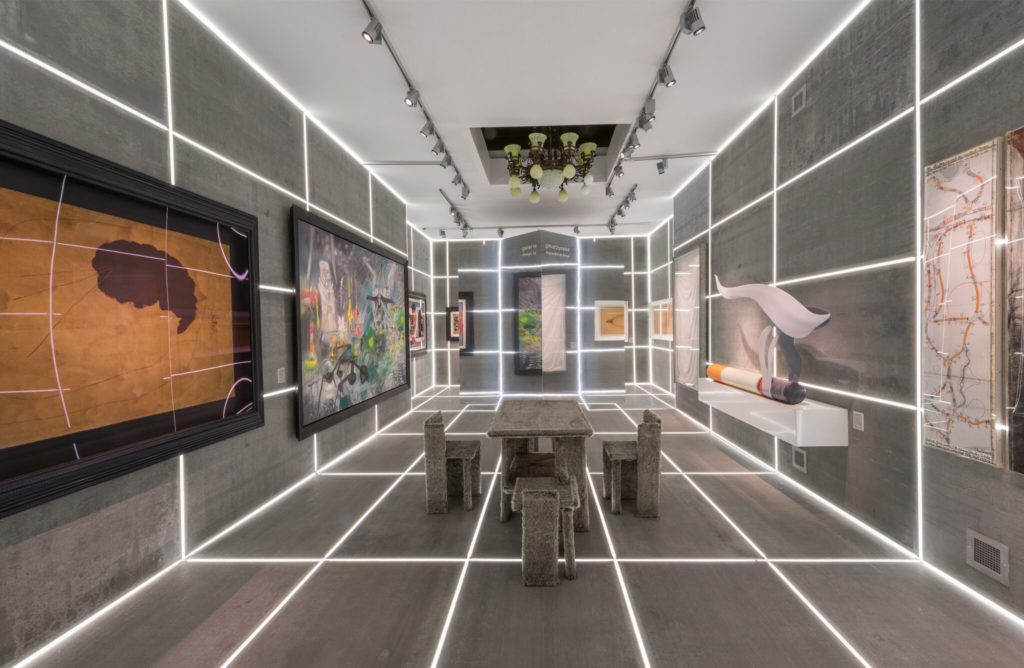
Crowds flock to TEFAF's first spring edition, which saw an early $1 million sale.

Eileen Kinsella &
Henri Neuendorf

Who says New York has too many fairs? When the Netherlands-based TEFAF fair announced last year that it would expand to New York with not one, but two, annual events—one in the fall and one in the spring—some wondered whether the additions would overload the city’s intensely competitive fair landscape. But it appears that New York has not hit its fair saturation point just yet.
The newest arrival to New York’s fair circuit, Spring TEFAF New York, opened at the Park Avenue Armory on Thursday to eager hoards of VIPs. The aisles were packed with collectors jostling for a look at the wide range of top-flight modern and contemporary art on view—along with a healthy dose of other collectible genres such as tribal art and jewelry. Like the debut fall edition, the fair spread out across the massive Armory space, filling both the drill hall and the period rooms on the first and second floor, which are not always open to the public.
Below, we survey some early highlights of the inaugural spring fair.
Galerie Gmurzynska
Galerie Gmurzynska conscripted the French fashion show producer Alexandre de Betak—who has been called the “Fellini of Fashion”—to design its elaborate neon-lined booth. De Betak told artnet News it was his first time designing a stand for an art fair. The design featured a linear, back-lit grid throughout the entire space—an unusual backdrop for works by Christo, Yves Klein, Wifredo Lam, Joan Miro, and Tom Wesselmann, among others. “I wanted to play with the lines in the grids because it just naturally helps the eye focus,” de Betak said.
Within hours of the VIP opening, the gallery sold Roberto Matta’s seminal 1954 painting, Ouvrir les bras comme on ouvre les yeux. The painting was the cornerstone of the artist’s exhibition at the Pompidou Centre in 1985 and had been in a private collection ever since. The asking price was around $1 million. News of the sale coincided with Gmurzynska’s announcement that it is now representing the Matta estate.
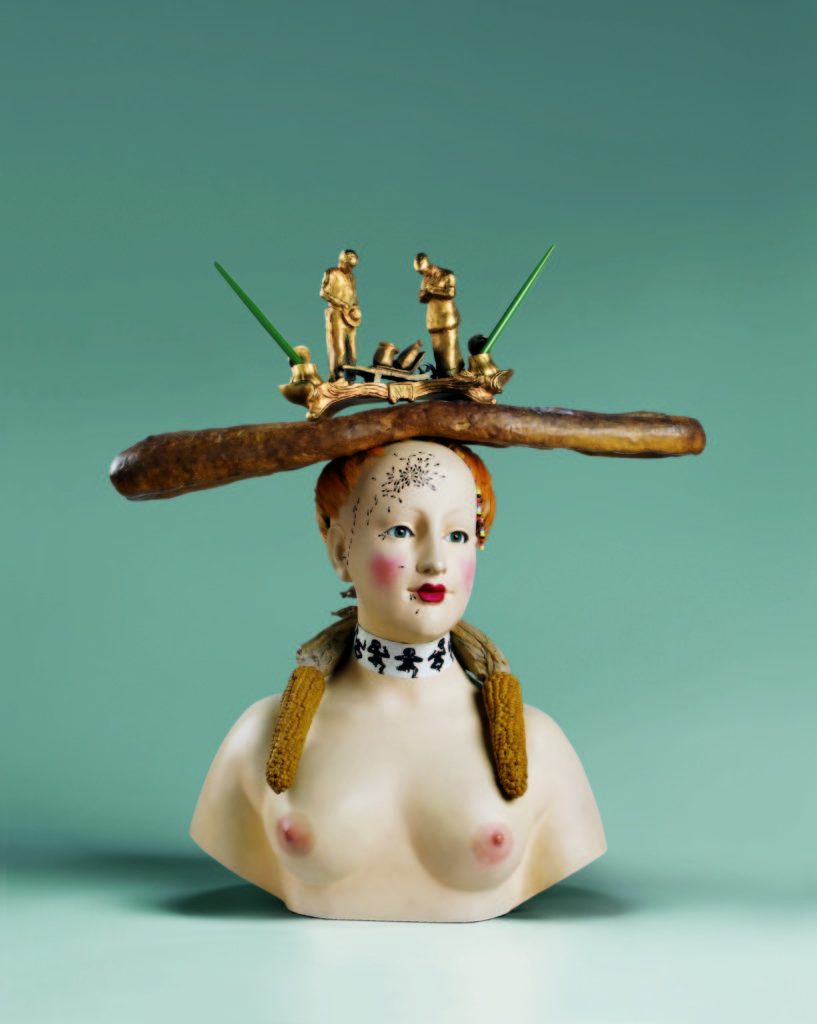
Salvador Dalí Untitled (1933). Photo: © Salvador Dalí, Fundació Gala-Salvador Dalí, Artists Rights Society (ARS), New York 2017
Di Donna
On the second floor of the Armory, the New York-based Di Donna Galleries transformed its booth into a “Surrealist Banquet,” complete with pastel-pink walls, a ceiling painted with Magritte-style clouds, and food- and drink-inspired works. The gallery sought to recreate the atmosphere of the legendarily hedonistic group dinners attended by Surrealist writers and artists in the late 1920s.
A long table was packed with small sculptures and assemblages, including a light-blue baguette sculpture by Man Ray and a lobster telephone by Salvador Dalí. The walls were lined with paintings and drawings by the likes of Dalí, René Magritte, Pablo Picasso, and Max Ernst.
“This room was the inspiration,” dealer Emmanuel Di Donna told artnet news. “I was given this historic room and I thought paneling it white would be a shame. It reminded me of a banquet hall, so I thought this theme would bring out the best in these beautiful works.”

Lisson Gallery. Photo: courtesy of Lisson Gallery.
Lisson
Lisson Gallery, of London and New York, presented a solo booth of early paintings by Cuban-American artist Carmen Herrera. The artist created them during her post-war years in Paris between 1948 and 1953. Although larger works from this influential period were included in her solo show at the Whitney Museum last year, many of the smaller works at the fair had never been shown publicly before. The presentation complements a show of the artist’s paintings on paper that opened today at Lisson’s Chelsea outpost on Tenth Avenue.
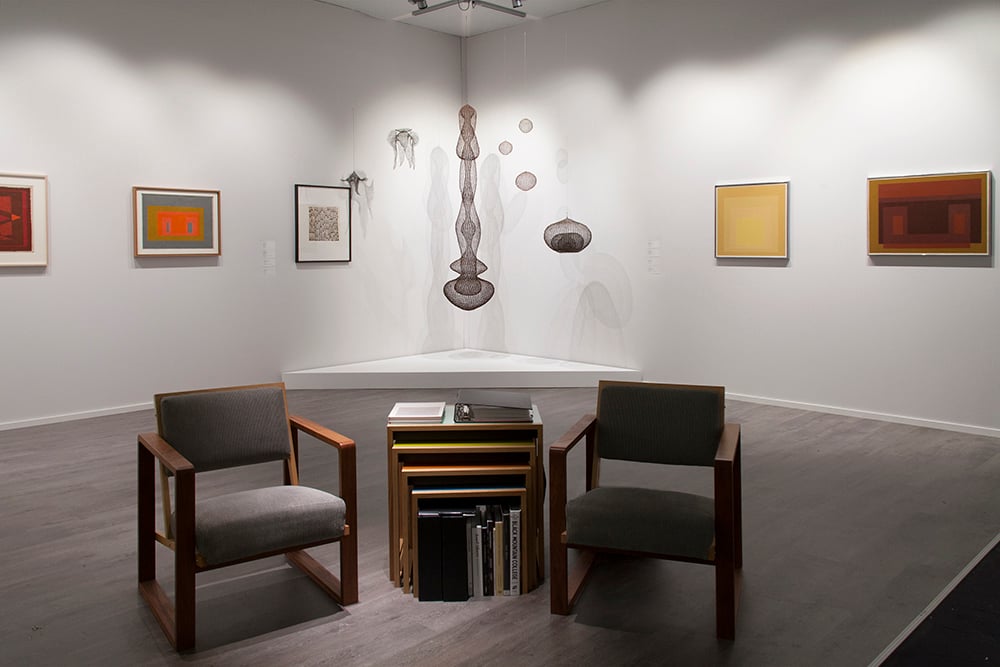
David Zwirner. Photo: courtesy of David Zwirner.
David Zwirner Gallery
Showing at TEFAF for the first time, David Zwirner brought a group of hanging sculptures by Ruth Asawa (whose estate the gallery began representing this year) and a selection of paintings and drawings by Josef and Anni Albers. The booth was anchored by a large orange and yellow Josef Albers painting that is impossible to overlook when walking into the Park Avenue Armory’s cavernous Drill Hall.
It’s been almost a year to the day since the gallery took over representation of the Josef and Anni Albers estate and dealer David Zwirner said that demand from collectors has been high. “It’s been good, and strong,” he said. “And it has been surprisingly international. We’ve seen interest from Europe, from America, and from Asia.”
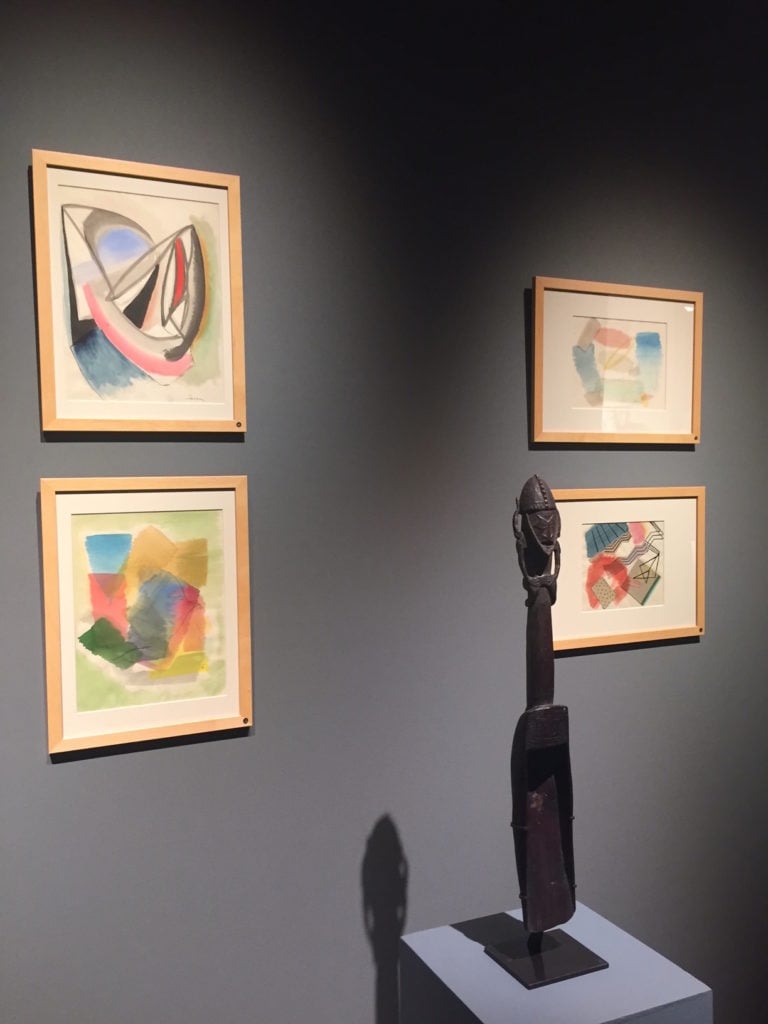
Anthony JP Meyer’s booth at TEFAF New York. Photo by Eileen Kinsella
Galerie Meyer
Although this edition of TEFAF focused on Modern and contemporary, the fair also maintained some of its signature range. Paris-based Galerie Meyer showed an eclectic mix of Oceanic art alongside Eskimo art and works from the 1930s by John Ferren, who the gallery’s owner Anthony JP Meyer called “the most French of all American artists to have worked in Paris at that time.” Ferren “was intimately connected with the great Cubist and Surrealist movements of the 30s,” Meyer said, and “even helped Picasso to sketch Guernica.”
The dealer added: “Even though there’s no real historical connection, aesthetically it works very well with the tribal pieces. I try every year to include a bit of Modern art into my presentation and to show artists that are forgotten or left by the wayside.”
Meyer also participated in TEFAF’s fall edition, and said he “did both of them to figure out which one I really wanted. I wanted the spring but because fall was the absolute first [New York edition] I had to do that to get in on the ground floor.”
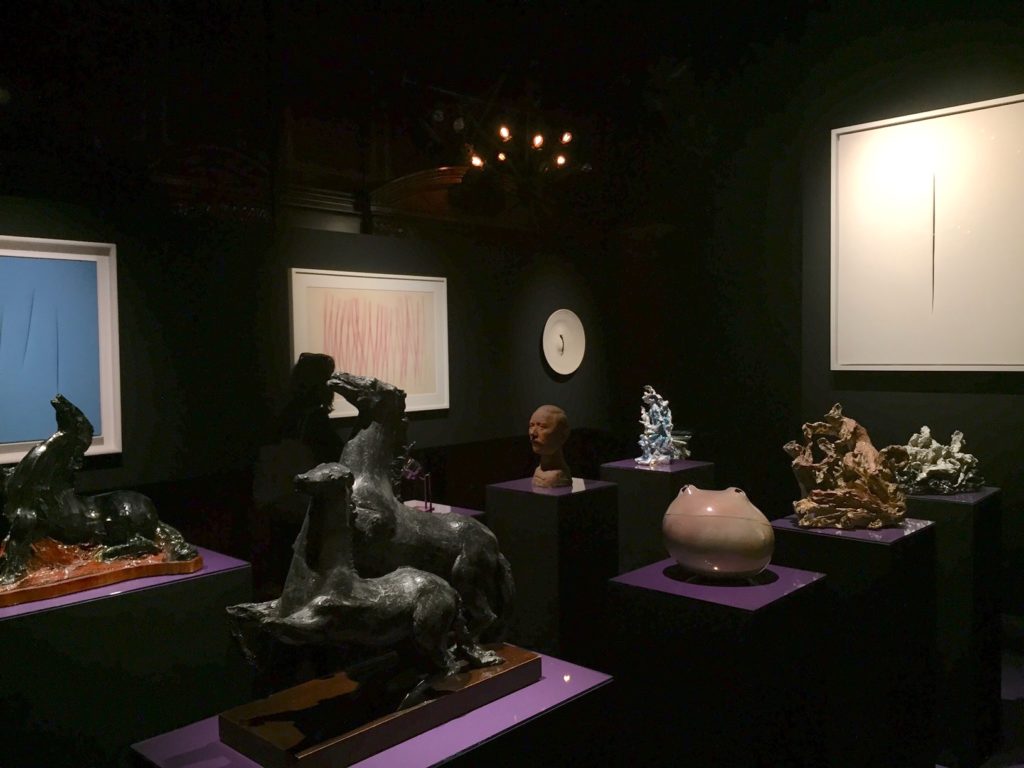
Ben Brown Fine Arts, London. Photo: Henri Neuendorf.
Ben Brown Fine Arts
One of the standout booths at the fair, London’s Ben Brown, showed a broad cross section of Lucio Fontana’s work, from his distinctive sliced canvases alongside lesser-known pieces such as horse sculptures, ceramic and clay pieces, and design objects.
The diversity of the display, dealer Ben Brown explained, was precisely the point. “What we are trying to show is that he’s not just a painter, but also a sculptor and ceramicist,” he said. “But many people, some of the highly educated New York collectors, don’t even know that he did sculpture. So this is an education process, and I hope people will be pleasantly surprised.”
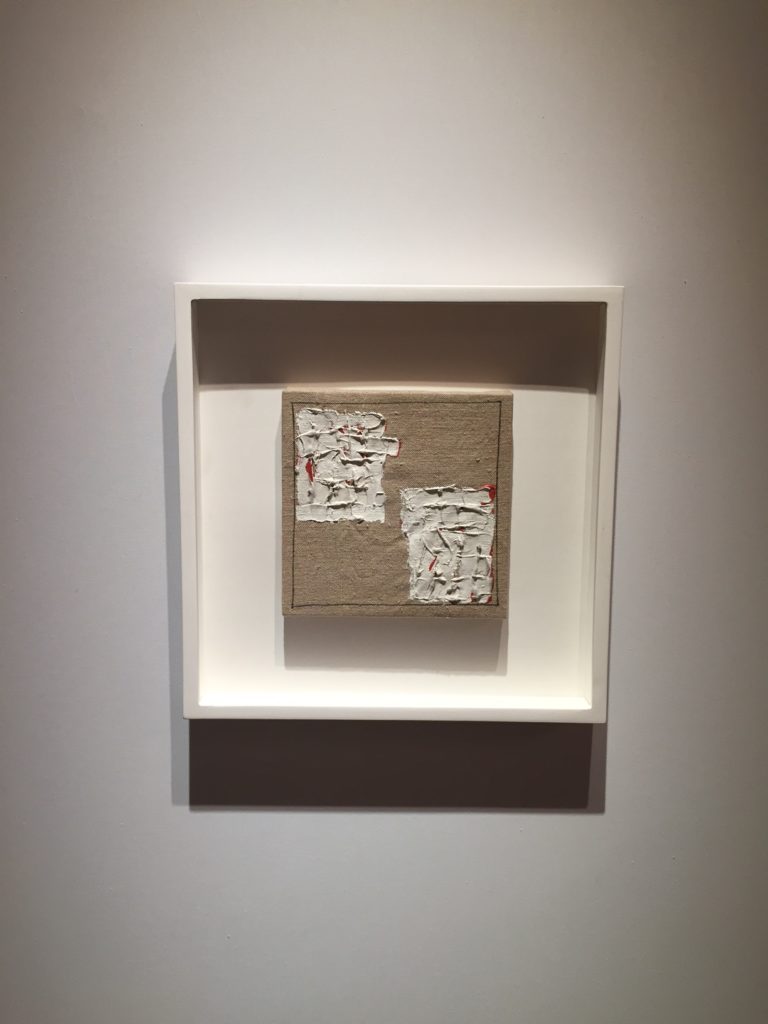
Robert Ryman Untitled (Red) (1964). 8 x 8 in. (20.5 x 20.5 cm). Photo: Henri Neuendorf.
Van de Weghe Fine Art
Nearby, Van de Weghe demonstrated that bigger isn’t always better. The New York gallery chose to show a selection of diminutive works by leading 20th-century artists, including Alexander Calder (2 x 2 in), Andy Warhol (8 x 6 in), and Robert Ryman (8 x 8 in). Gesturing towards the Ryman, Christophe Van de Weghe added: “This 1964 Ryman may look small, but if you put it in your home on a large wall, it will have a big impact, because it’s a 1964 Ryman.”